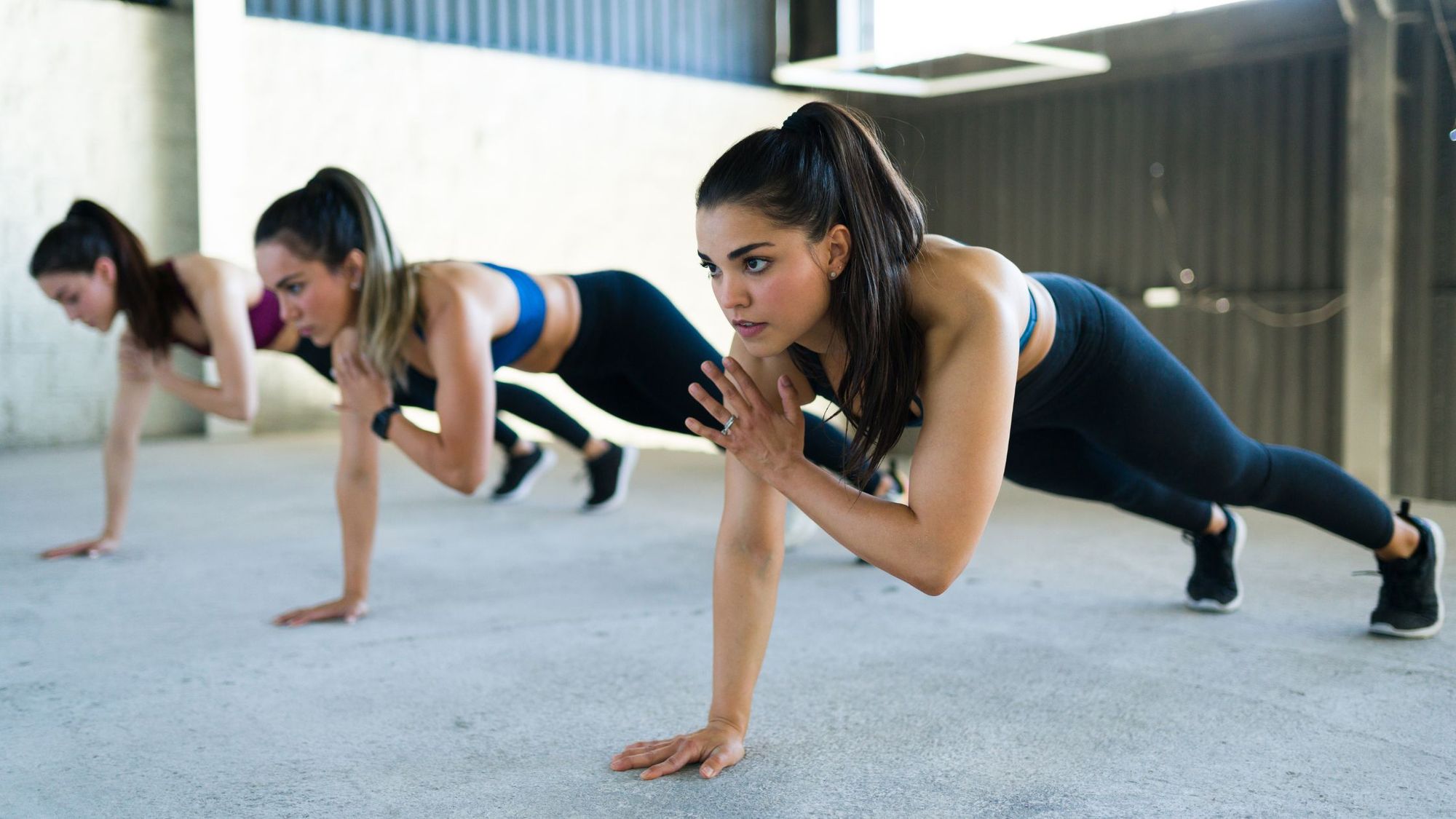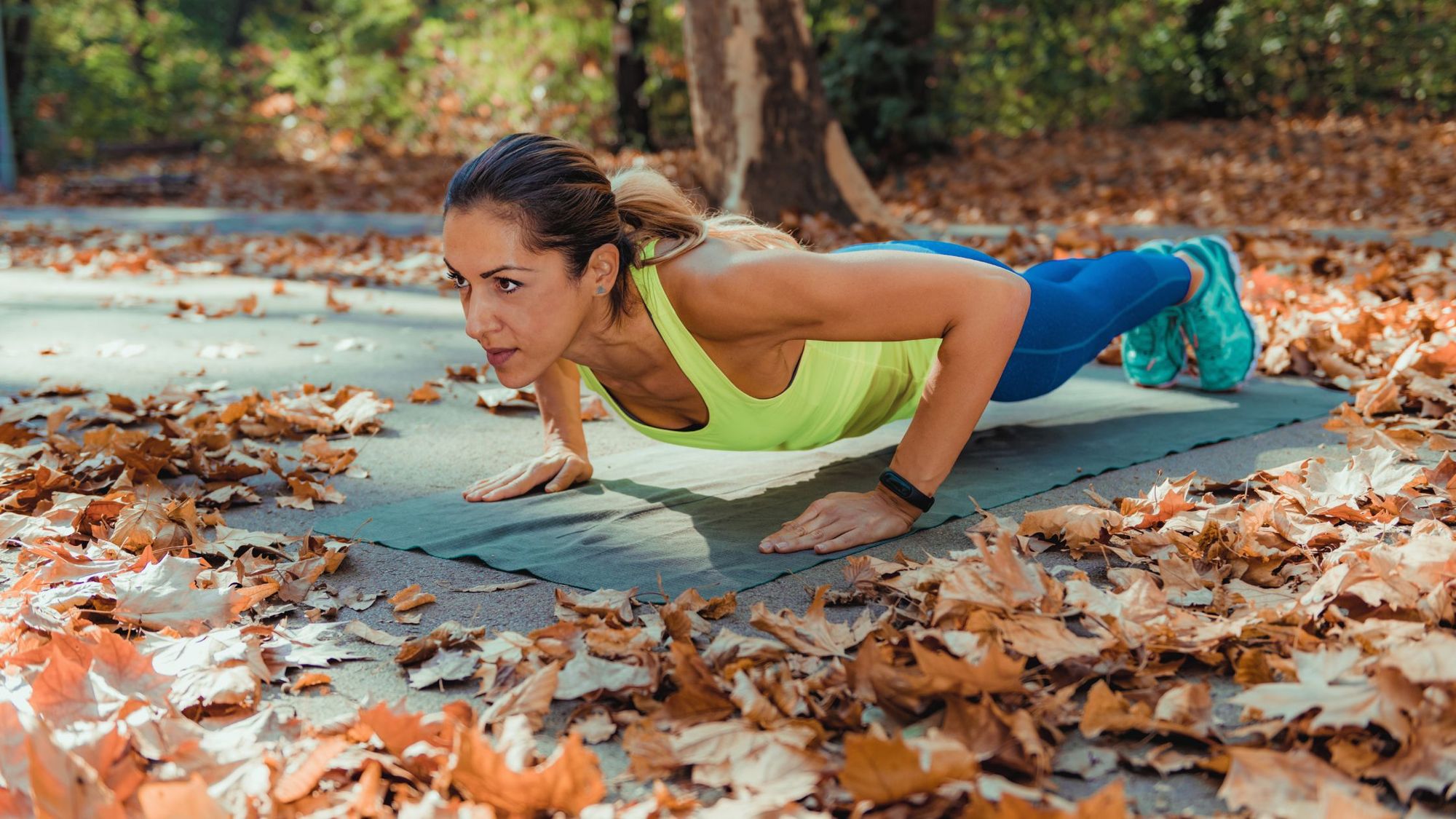
What’s the difference between HIIT vs Tabata workouts? This is a key question for anyone considering a new workout regime. If exercise is a regular part of your lifestyle, you’ve probably heard of these workouts before (and you might even have performed the workouts without realizing).
HIIT tends to last longer, with 2-3 minute intervals over the course of 20-40 minutes, whereas Tabata has intervals of 20 seconds over 20 minutes.
Tabata is actually a form of HIIT, which is why they share so many similarities. In fact, many people don’t realize that they are separate workouts, so there’s no shame in not knowing. That’s the point of this guide – to take you through the HIIT vs Tabata differences, so that you can see what differs between them and determine which is going to be the better workout for your body.

HIIT vs Tabata: Comparing the Workouts
HIIT stands for “High-Intensity Interval Training”, and it is a broad term that is used to cover all forms of interval training. Interval training refers to a workout that has a period of working out that is then followed by a short rest period before repeating the process. They are separated into active and resting phases throughout the course of the routine.
With HIIT, the active phase tends to last for around 2-3 minutes at a time, and these intervals are separated by resting periods that often last around one minute before you start again. The entire HIIT routine will usually last between 20 and 40 minutes, depending on the exercises.
Tabata is a form of HIIT, and this is why the two are often confused with each other. What defines Tabata is that each round of exercise lasts 4 minutes and is separated into chunks of 20 seconds of working out followed by 10 seconds of rest. In total, a Tabata workout will last 20 minutes at a time (although you can go longer if you wish).
When you look at it this way, the distinction is quite clear, but that doesn’t answer the core questions behind the HIIT vs Tabata debate. We know how they are different, but which one is going to be the better option?

Benefits of HIIT
If you want to try HIIT, there are several benefits that come with this form of workout. The most prevalent are:
- Boosts cardiovascular health and endurance
- Weight loss and decreased body fat
- Helps lower blood pressure
- Improved strength, stamina, and endurance
- Boosts insulin sensitivity
- Lowers cholesterol (while improving the good cholesterol)
Benefits of Tabata
HIIT vs Tabata isn’t just about the differences, we have to look at the advantages as well. Tabata also has a fantastic selection of benefits for you to consider if you’re thinking about adding it to your workout routine. Some of the key benefits are:
- Increased metabolism
- Increased and improved lean muscle mass
- Improved cardiovascular fitness
- Improved anaerobic and aerobic fitness
- Fantastic for those who are short on time
Leading Your Workout: What Does a HIIT Workout Look Like?
The purpose of HIIT workouts is to help rebuild and strengthen your muscles after exercising through increasing the production of growth hormones in men and women. Through this workout, the production of new muscle is also increased – which is why HIIT is especially beneficial in those over the age of 65.
If you want to lead your own HIIT workout from the comfort of your home, this is a great way to get started. To lay down the ground rules, each exercise counts as a round, and you will rest for a total of one minute between each of these rounds.
- You can start with 60 jumping jacks, which will help to warm you up and get things started.
- The next round will be 60 high knees, so that you get 30 per side.
- This can be followed by 40 Russian twists, 20 per side.
- Next, you should perform 45 mountain climbers.
- The routine can then be finished with 45 seconds of squat thrusts.
Leading Your Workout: What Does a Tabata Workout Look Like?
Tabata has been shown to improve cardio endurance, leading to more calories being burned than other forms of exercise. This is why it is especially popular among those who want to improve their metabolism in addition to general fitness. However, the downside is that many people find Tabata to be less enjoyable than HIIT due to its pacing.
This is why many people choose HIIT when examining the HIIT vs Tabata debate, but you might find our walkthrough more enjoyable (and you can always edit it to suit your preferences).
If you would rather try leading your own Tabata workout at home, the ground rules for each exercise are slightly different. Each exercise should have eight rounds that last 20 seconds, and these 20-second rounds must then be followed by 10 seconds of rest.
- You can start with burpees, as these are a great way to warm up.
- The next round should be mountain climbers to keep up the momentum.
- You can then move on to pushups.
- These should be followed by crunches to keep working on the abdominals.
- Following this, you can do rounds of squats.
- The session can then be finished with reverse lunges.
HIIT vs Tabata: Which is Better?
This is the question we all want the answer to – in the battle of HIIT vs Tabata, which one comes out on top? Well, the answer isn’t as simple as you might have hoped. Both are excellent forms of exercise, but the workout that’s better really depends on what you want to achieve as a result of it.
For example, Tabata is a superb option for beginners and those who are just starting out with more intense training regimes. It’s also great for those who would rather enjoy a shorter workout and want to mix and match the routine – especially if you’re struggling to find time to work out.
On the other hand, HIIT offers more flexibility with regard to the interval periods and the repetitions required for the duration of the workout. This versatility is further extended by the fact that you can increase the intensity as you get used to the routine and add in exercises that are more difficult so that you can continue to build your fitness – hence it’s great for weight loss.
So, HIIT vs Tabata isn’t really an argument as they have very different applications. It’s more about what you want to achieve and the intensity level you are seeking.
To Conclude
HIIT vs Tabata is an interesting debate, especially when we consider the similarities between the two. However, they do share differences – namely, in the length of intervals and the exercises used in each practice.
Overall, a Tabata workout is the better choice for beginners, while HIIT is an excellent option for those who want more flexibility and a higher potential for intensity.
With a DNA test from CircleDNA, you can find out even more about the best exercise routine for your body. The DNA test results don’t just give you further insight into your genetic body composition and nutritional guidelines. It can also show you which exercises are best for you based on your genetic strengths and weaknesses, and these insights will help your body thrive. It’s the ultimate self-care.
References:
Emberts T, Porcari J, Dobers-Tein S, Steffen J, Foster C. Exercise intensity and energy expenditure of a tabata workout. Journal of sports science & medicine. 2013;12(3):612-613. Accessed March 18, 2023. https://www.ncbi.nlm.nih.gov/pmc/articles/PMC3772611/
HIIT Still Deserves a Place In Your Workout Routine. Shape. Published 2013. Accessed March 18, 2023. https://www.shape.com/fitness/workouts/8-benefits-high-intensity-interval-training-hiit






